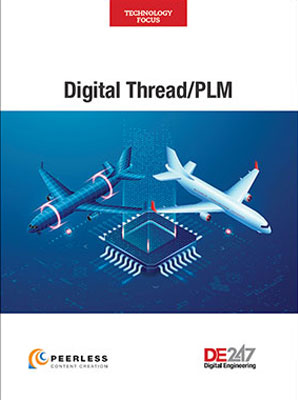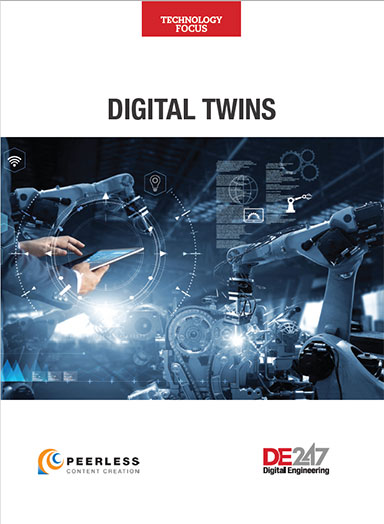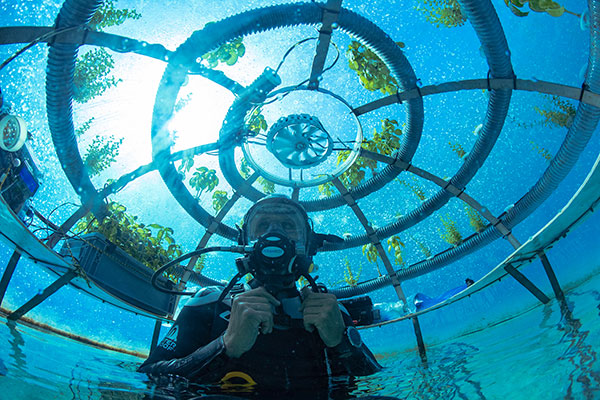
Nemo’s Garden is a startup focused on sustainable underwater-based cultivation of crops. Image courtesy of OceanReefGroup 2022.
Latest News
June 28, 2022
By Eryn Devola
Agriculture is fundamental to our modern lives, but providing the produce we need, at the scale necessary for our global society, is stretching the limits of traditional farming. The team at Nemo’s Garden are trying to reduce that strain while combining their love of diving and gardening. They brought terrestrial plants beneath the waves and have successfully harvested nutrient rich plants off the coast of Italy.
The agriculture platform they developed not only proved a viable method for crop growth but has environmental benefits for the plants and their surroundings—the submerged biospheres enable more nutrient dense produce and the structures of the biospheres provide an artificial reef for coral, algae, mussels, and clams to thrive. The team’s innovation cycle was, however, limited by the annual growth season, allowing only one chance a year to optimize, test and scale their product.
This is where the Siemens Xcelerator portfolio comes into play, providing a digital solution to define and refine the design from the interior of the dome to the surrounding environment and even the remote monitoring systems.
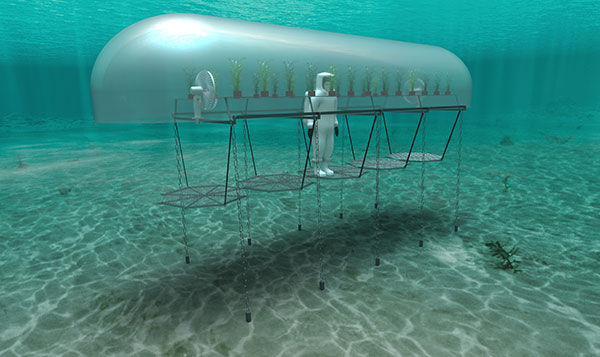
Inside the Marine Biosphere
Nemo’s Garden is a series of biospheres submerged below the surface of the water, providing the growing environment, insulating the plants from direct sunlight and creating non-salinated water through evaporation. The atmosphere within the biosphere must be controlled carefully to prevent high humidity or temperatures that would harm the plants. By modeling the domes digitally using Siemens’ NX product design and engineering software, the team can optimize the position of sensors, air circulation fans, and much more, based on the growth patterns of the plants inside.
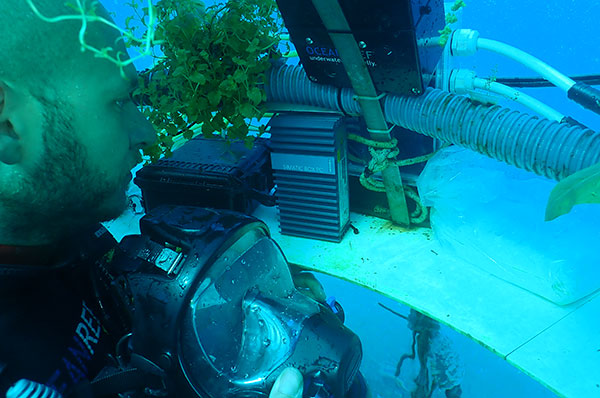
Siemens’ Industrial Edge Controller devices have been deployed to the prototype biospheres, enabling greater data capture, and edge computing to control the growing environment in the future.
Image courtesy of OceanReefGroup 2022.
Construction of the Underwater Biodome
The design and construction of the protective enclosure is critical to creating and maintaining the optimal atmosphere for the terrestrial plants. Sub-sea water currents and internal pressures require that the biospheres are not only robust, but the manufacturing, transportation and global deployment costs require lighter and more readily manufacturable designs.
Here, Siemens’ Simcenter 3D simulation enables accelerated design iteration to help the team by creating a virtual subsea environment for the new dome designs. Then Nemo’s Garden could virtually test how they handle different conditions to optimize the design. For example, the external form of the biosphere has a large influence on the drag from ocean currents, so if a design had a greater surface area the mounting points would need to be engineered to handle the increased strain.

Nemo’s Garden’s biospheres are a unique type of underwater greenhouse, able to harness the positive environmental factors of the ocean to create an environment ideal for crop cultivation.
Image courtesy of OceanReefGroup 2022.
The Subsea Biosphere Environment
When evaluating the design and construction of the biospheres, it is also critical to understand the impact of the structures on the surrounding environment to reduce impact to the surrounding environment. The biospheres provide an artificial reef environment by slowing the current around them, but the team at Nemo’s Garden wants to evaluate and mitigate any potential negative effects the structure might have in the long term. How do anchor points impact sea-floor life? How are the currents around the biospheres affected?
Simulation helps answer these questions early on, so they can be addressed before costs become unmanageable. Additionally, combining existing biosphere data with weather predictions can also improve plant growth within the biosphere. Sunny days produce more heat and humidity inside the biospheres, so the system will have to accommodate the variation.
Siemens Technologies
An important thread throughout the process from construction to deployment is the need to carefully monitor the environment both inside and outside the biospheres to ensure optimal growing conditions. This is traditionally a heavily manual process performed by trained divers from within the biospheres, however; digitalization, specifically using artificial intelligence and machine learning, makes it possible to do this remotely from anywhere.
By outfitting each biosphere with a sensor and controls suite the environmental and growth data can be captured and analyzed. Some of this data directly controls operations within the biosphere, fan speed for instance will likely be controlled locally. The data is also sent onshore to create AI and ML models of the growth patterns within the biospheres. One such model leveraged visual data from terrestrial growth and previous growth seasons within the Nemo’s Garden biospheres. The model is used to understand the timeline for harvesting the plants at their peak for nutrient content.
Creating a sustainable future requires diverse investment in today’s technologies. But as with Nemo’s Garden accelerating your design and development cycle requires a digital-first strategy. Not all companies will have the same iteration timeline as a growing season, but finding the best solution faster is a major goal for any company looking to successfully develop sustainable products. And the insight to meet those requirements often requires looking at a problem from multiple perspectives. For Nemo’s Garden it was a physical scale, but for others it may be emissions scope of manufacturing. Whatever your company needs to accelerate is possible with Siemens Software and the Xcelerator portfolio.
Eryn Devola is vice president of Sustainability for Siemens Digital Industries.
More Siemens Digital Industries Software Coverage
Subscribe to our FREE magazine, FREE email newsletters or both!
Latest News





